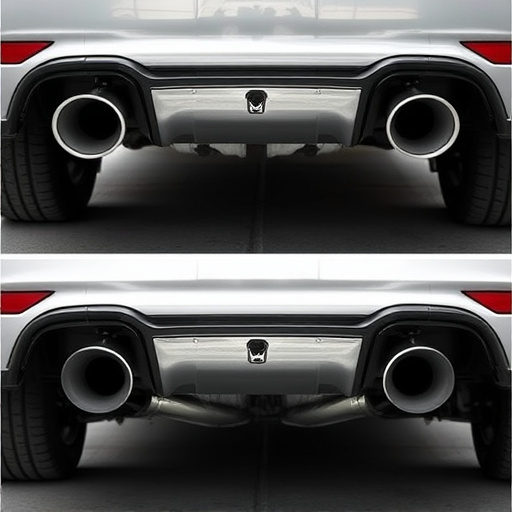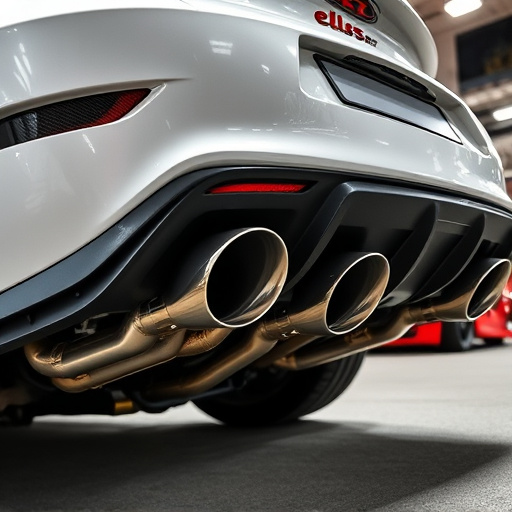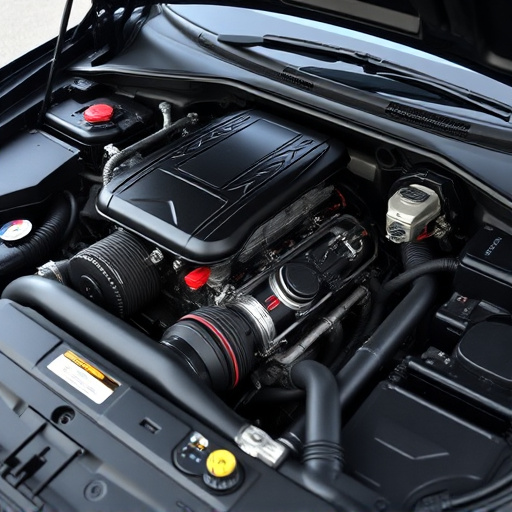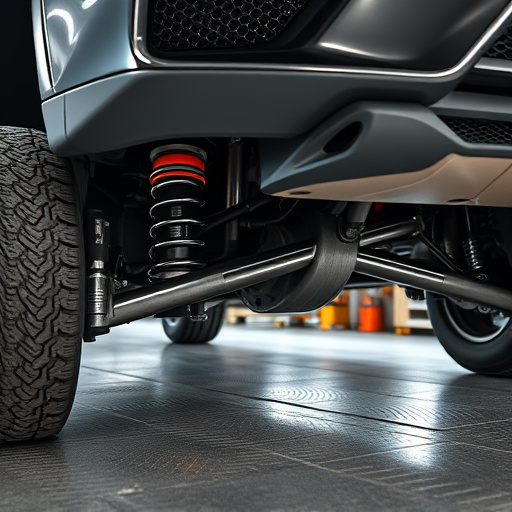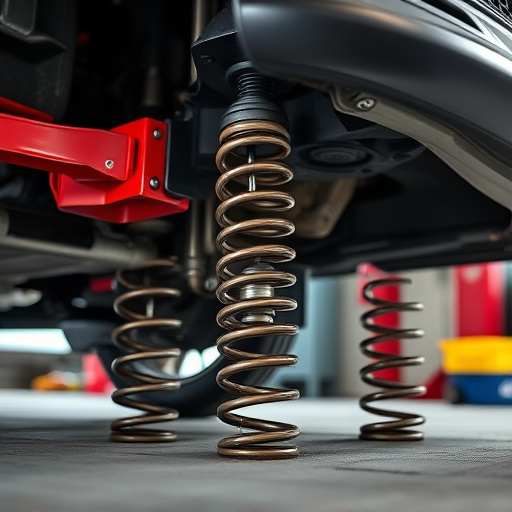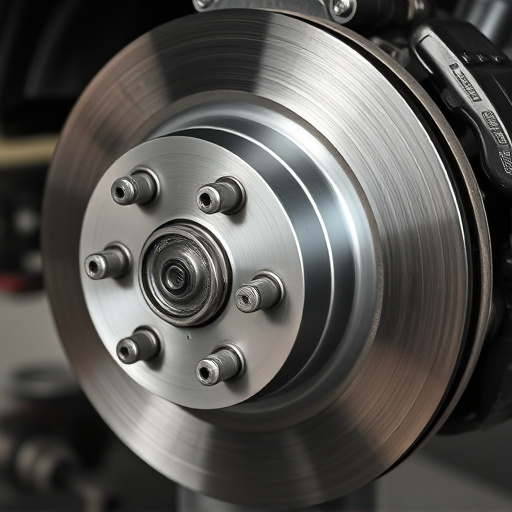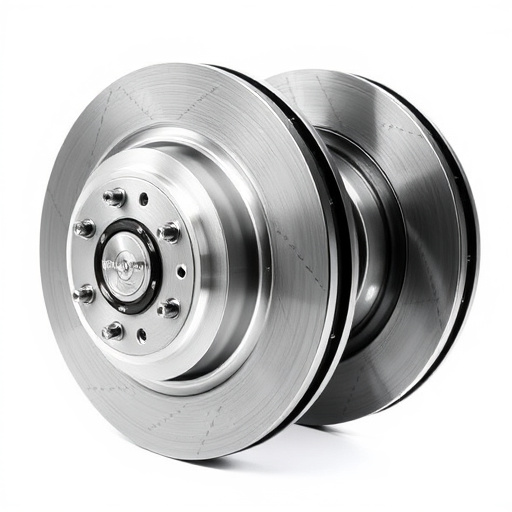Muffler bypass, a popular car modification among enthusiasts, redirects exhaust gases to enhance performance but raises legal concerns due to regional noise level and emissions regulations. Unpermitted or excessively loud systems may incur fines or impoundment, emphasizing the importance of compliance when considering a muffler bypass ("catback exhaust" or "performance exhaust") to avoid penalties and maintain vehicle safety and environmental protection standards.
“The concept of a muffler bypass, while seemingly innocuous, navigates a complex web of legal and safety considerations for daily drivers. This article delves into the intricate details of muffler bypass systems—their operation, types, and potential modifications to emissions standards. We explore the legal landscape, from federal regulations to past legal battles, shedding light on the implications for car owners. Furthermore, we discuss practical aspects, including environmental impacts, vehicle warranties, and alternatives, empowering drivers to make informed choices regarding this controversial modification.”
- Understanding Muffler Bypass: The Basic Concept
- – Definition of muffler bypass
- – How it works and its purpose
Understanding Muffler Bypass: The Basic Concept
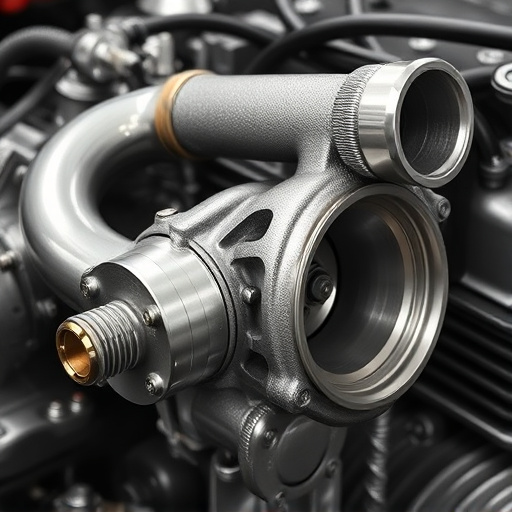
Muffler bypass refers to a modification made to a vehicle’s exhaust system, which involves bypassing the standard muffler and potentially other components. This practice is often undertaken by enthusiasts seeking to enhance their car’s performance, particularly in terms of sound and power output. By detaching the muffler, the exhaust gases are allowed to flow more freely, reducing backpressure and potentially increasing engine efficiency. Often, this modification is paired with a cat-back exhaust system or the installation of high-performance muffler tips, which can further customize the vehicle’s performance characteristics.
While muffler bypass may appeal to those who enjoy tuning their vehicles, it raises legal concerns. Many regions have strict regulations regarding vehicle modifications, especially when they impact noise levels and emissions. Unmodified or illegally altered exhaust systems can result in fines or even the impoundment of the vehicle. Additionally, certain areas have noise ordinances that restrict the level of sound a vehicle can produce, making muffler bypasses prone to legal scrutiny, particularly if they result in excessively loud or disruptive exhaust notes, especially when compared to stock vehicles.
– Definition of muffler bypass
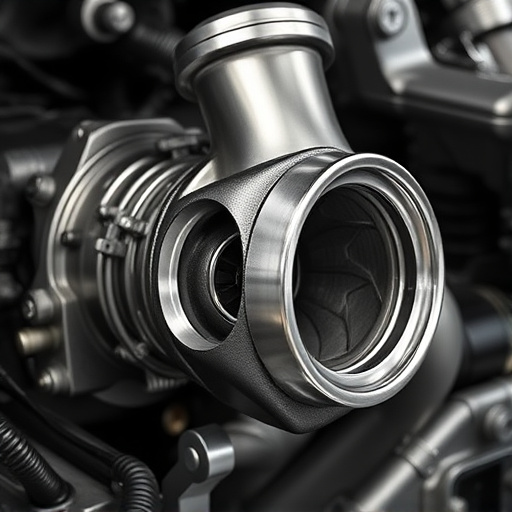
A muffler bypass, often referred to as a “catback exhaust” or “performance exhaust,” is a modification made to a vehicle’s exhaust system. It involves bypassing the primary muffler and redirecting the exhaust gases through an alternative route, typically using a shorter, more direct pipe. This alteration can significantly enhance the vehicle’s performance by reducing backpressure, allowing for freer flow of exhaust gases and, consequently, increasing engine power and efficiency.
While these modifications may appeal to car enthusiasts seeking improved performance, it’s essential to consider the legal implications. In many jurisdictions, muffler bypasses are regulated to ensure noise pollution control and road safety. Unlawful modifications can lead to penalties, including fines or vehicle impoundment. Furthermore, some regions have strict guidelines regarding the use of high-performance exhaust systems, especially in urban areas, to minimize noise disturbances for residents. Thus, individuals considering such upgrades should be mindful of local regulations involving catback exhausts and brake components to avoid legal complications.
– How it works and its purpose
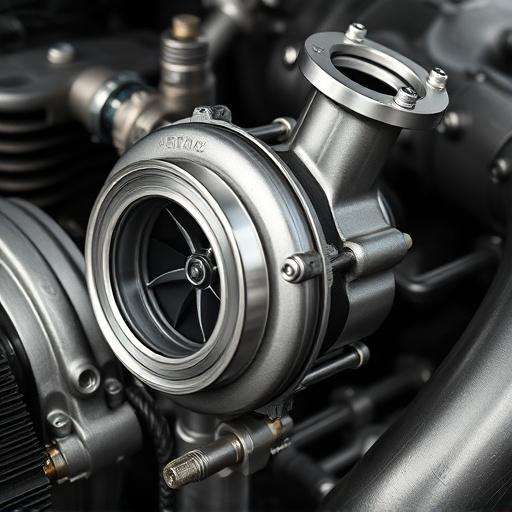
A muffler bypass is a modification to a vehicle’s exhaust system that allows the bypassing of the primary muffler and catalytic converter. This alteration is typically achieved by installing a special valve or pipe that detours the exhaust gases around these components. The primary purpose of such a modification is to enhance the performance and sound of the vehicle, often targeting enthusiasts who desire a more aggressive and sporty exhaust note. By removing restrictions in the exhaust system, it allows for improved engine breathing and can lead to increased horsepower and torque, making the vehicle feel more responsive.
This practice, while popular among car modifications, raises legal concerns due to potential violations of noise regulations and emissions standards. Many regions have strict rules regarding vehicle noise levels and emissions, and a muffler bypass could be considered an unauthorized modification, especially if it results in excessive or modified exhaust sounds. Additionally, the bypassing of catalytic converters may impact air quality and contribute to environmental pollution, which is a significant consideration for regulatory bodies. Hence, individuals considering such modifications should be aware of the legal implications and ensure compliance with local laws and regulations, including those related to vehicle safety and emissions controls.
While muffler bypass offers potential performance enhancements, it raises significant legal concerns. Modifying exhaust systems, including bypassing mufflers, is often regulated by vehicle emissions laws aimed at maintaining air quality and road safety. Without proper authorization, such modifications can result in fines, vehicle seizure, and other penalties. Before considering a muffler bypass, drivers should consult local regulations and understand the potential legal ramifications to ensure compliance and avoid unwanted consequences.








